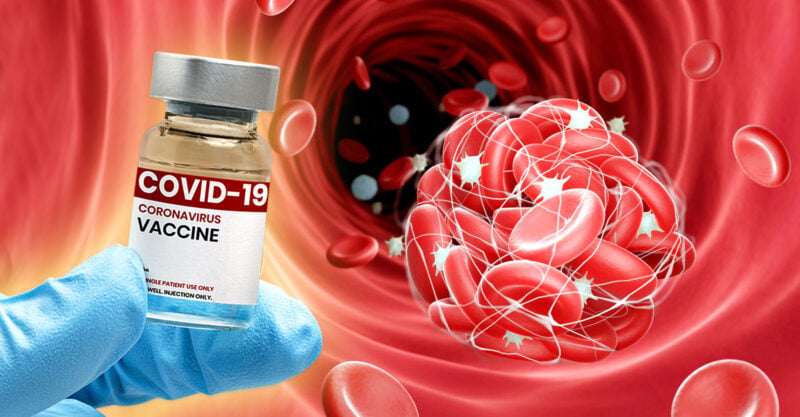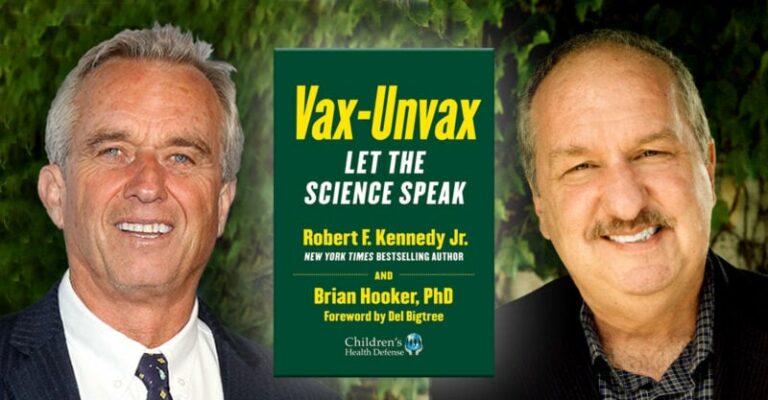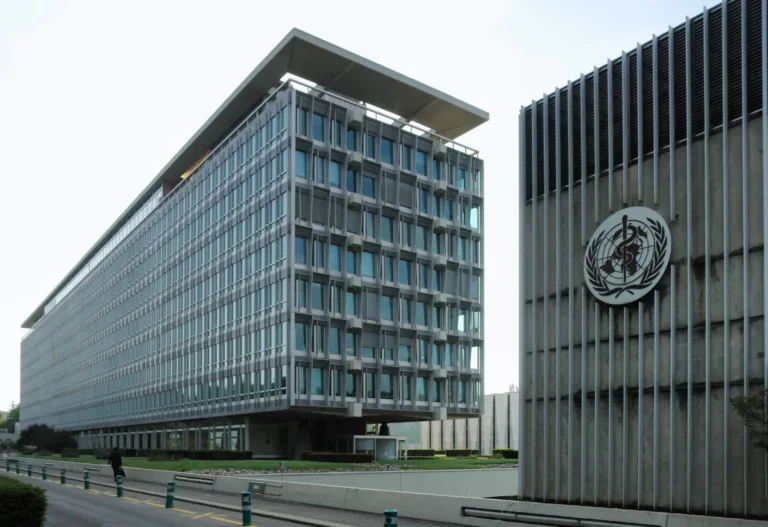COVID Shots Linked to More Frequent and Potentially Deadly Abdominal Blood Clots
COVID-19 vaccines may make splanchnic vein thrombosis, an uncommon type of abdominal blood clotting, more frequent and severe, according to the largest published study of its kind.
COVID-19 vaccines may make splanchnic vein thrombosis (SVT), an uncommon type of abdominal blood clotting, more frequent and more severe, according to a study published in Hepatology.
The study is the largest published to date that provides detailed reporting on SVT in the context of the COVID-19 shot, the authors wrote.
Researchers from several European universities analyzed data collected between April 2021 and April 2022 from within the international community of the Vascular Liver Disease Group — an international network of researchers studying vascular liver disease.
They aimed to identify all new and recurrent acute cases of SVT that might be linked to the COVID-19 vaccine.
The researchers identified the cases and described them in detail, setting parameters to determine which were likely or certain examples of vaccine-induced immune thrombocytopenia and thrombosis (VITT) — a broader disorder characterized by low platelets and blood clotting caused by COVID-19 vaccines.
The researchers then compared the cases to incidences of SVT among a cohort of pre-COVID-19 pandemic period patients to understand how the vaccines affected the frequency and severity of SVT.
They identified 29 patients with SVT occurring with a median of 11 days (range 2-76) after the first (48%), second (41%) or third (10%) vaccination.
Two of the patients had VITT and several others had likely or possible VITT.
Only 28% of the patients had an underlying prothrombotic condition — conditions associated with a high frequency of blood clots — compared to 52% in the pre-COVID-19 pandemic cohort. They also found that more patients in the post-COVID-19 cohort required more extensive bowel resection than previously.
Although definite VITT was rare, the authors wrote, “an alternative cause for the SVT was only identified in 28% of cases” and all cases occurred within 11 weeks of vaccination — suggesting that the majority of the SVT cases “were unprovoked except for the recent SARS-CoV2 vaccination.”
Cardiologist Dr. Peter McCullough summarized the key findings of the study on Substack. “Compared to a larger group of cases over many years before COVID, the vaccine blood clots were far more serious and deadly,” he wrote.
“The main teaching point from this paper is among the vaccinated to take abdominal pain seriously and have a low threshold to get imaging to diagnose splanchnic blood clots before they become fatal,” he added.
The researchers said their data are important “considering the ongoing global revaccination programs.”
History of blood clots associated with COVID shots inspired the study
Following the introduction of the Johnson & Johnson (J&J) and AstraZeneca vaccines, there were reports of VITT, characterized by extensive and often multivessel clotting at unusual sites and combined with low-platelet count.
Those reports led to the withdrawal of the J&J shot from the market in the U.S.
AstraZeneca also withdrew its shot from the market last week, amid a class-action lawsuit by people injured by the vaccine, including those who developed VITT. The company said although the company said the decision to withdraw the drug is not related to the lawsuit.
A recent meta-analysis of VITT following the J&J and AstraZeneca vaccines found 28 reported cases per 100,000 doses administered with a mortality of 32%. Most cases occurred within 5-30 days following vaccination, according to the SVT study.
Similar blood clots were reported — but with lower frequency — for the Pfizer and Moderna mRNA vaccines.
According to the latest data available from the Vaccine Adverse Event Reporting System (VAERS), between Dec. 14, 2020, and April 26, 2024, there were 49,942 reports of blood-clotting disorders.
Of those, 34,549 reports were attributed to Pfizer, 11,332 reports to Moderna and 3,969 reports to J&J (marketed under the brand Janssen). There are no VAERS reports on AstraZeneca vaccines, as they were never authorized in the U.S.
Historically, VAERS — the primary government-funded system for reporting adverse vaccine reactions in the U.S. — has been shown to report only 1% of actual vaccine adverse events.
Based on data, authors question safety of continual booster shots
For this study, the researchers identified 34 reports of possible vaccine-associated SVT, a form of VITT, describing 106 cases. Of those cases, 29 were acute first or recurrent SVT.
All of the clotting in the reported cases occurred in the portal vein that carries blood from abdominal organs to the liver, the superior mesenteric vein that carries blood from the intestines to the liver, the splenic vein that drains the spleen or the hepatic veins that return blood from the liver to the heart.
Most patients received either the Pfizer-BioNTech vaccine or the AstraZeneca vaccine. Three patients received the J&J, Moderna and Sinopharm vaccines respectively.
Two patients had definite VITT, the researchers reported. Among the other patients, seven were probable VITT, two were possible VITT and 18 cases were classified as unlikely VITT.
One of the two patients who had definite VITT died during the study. Two of the 29 patients with acute first or recurrent SVT died. Twenty-five of the remaining 27 patients remained on therapeutic anticoagulation along with other drugs.
None of the patients needed readmission to the hospital. And none received another COVID-19 shot.
When the researchers compared the outcomes of the pre-COVID-19 and post-COVID-19 cohorts, they found that patients who developed vaccine-associated SVT were significantly less likely to be diagnosed with a pre-existing clotting condition and their clinical outcomes were more severe.
They had higher mortality within a year and a higher liver transplant rate.
The strength of the study, the authors said, is that by collaborating across a large network of researchers, they were able to access data on patients from a large and diverse region.
The study’s weakness is that there was a small number of definite VITT cases, which means they cannot make firm conclusions on the causality of the COVID-19 shots and the occurrence of SVT.
The authors point out that many of the cases in their study happened after a second or third COVID-19 shot, raising concerns about continual booster shots.
Suggest a correction






